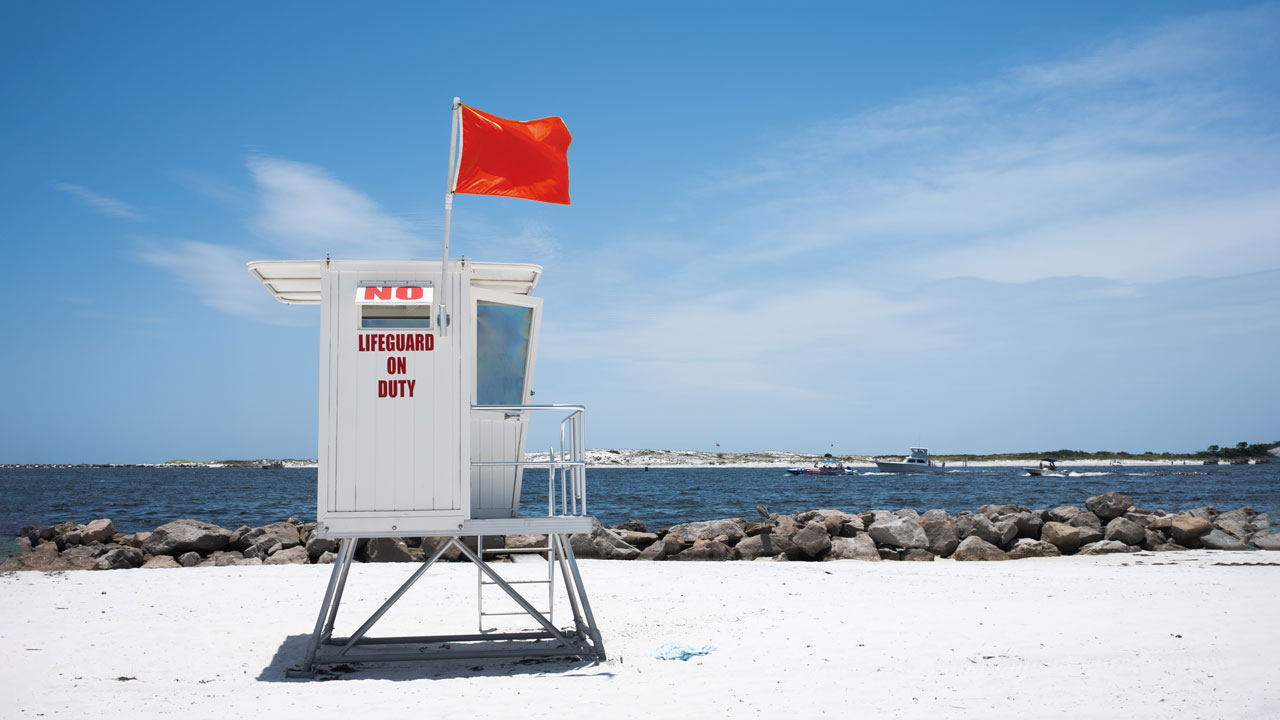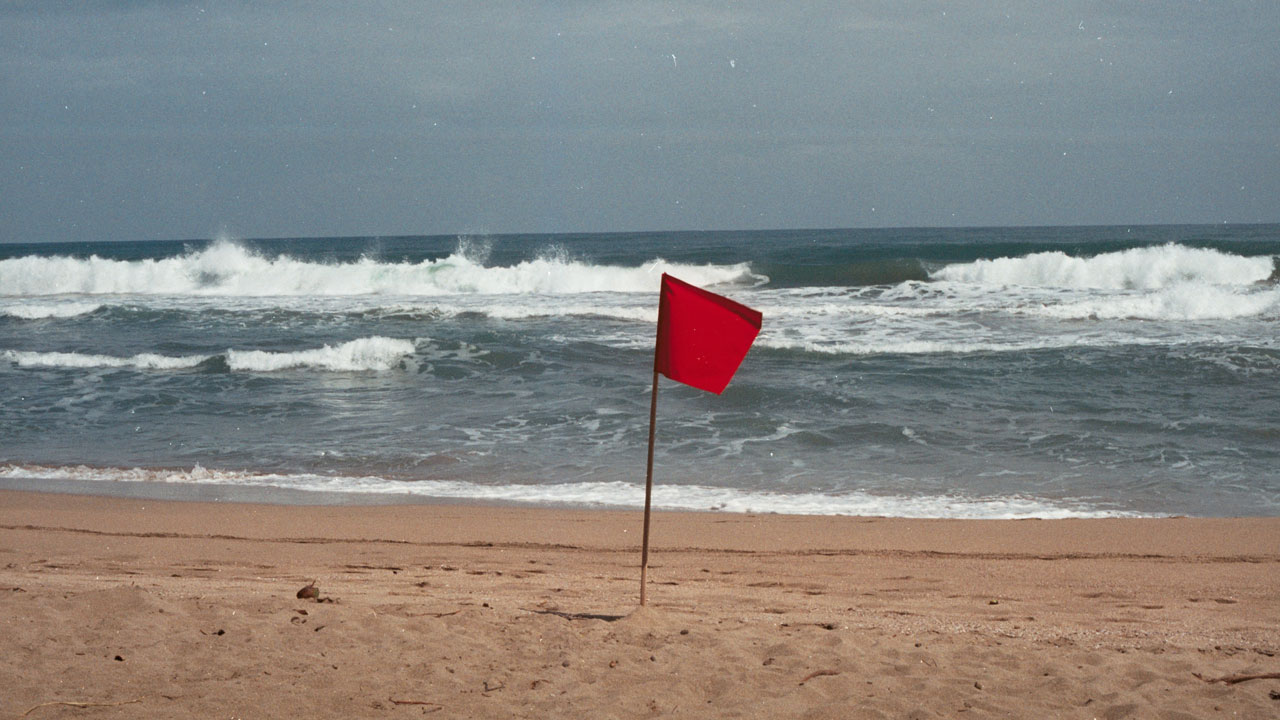Did You Know That the Red Flag Is Not Just Used to Warn Swimmers That the Sea Is Too Rough? It Has Another Meaning That Not Everyone Knows
One crucial lesson our mothers should have instilled in us from a young age is this: when a red flag flies at the seaside, it’s a clear sign not to enter the water. Or rather, they should have taught us; otherwise, there is no explanation for why so many people still insist on arguing with lifeguards because they want to enter the water at all costs when a huge red flag is waving above them. They often learn the importance of that flag the hard way, as it isn’t just about rough seas—it signifies something else too.

What does the Red Flag at the Sea Mean?
Very often at the seaside, when there is a red flag, it means not entering the water because the sea is too rough due to wind, bad weather, or even an impending storm (especially since the beach is a hazardous place during thunderstorms). However, there are instances when you spot a red flag even when the sea appears calm.

This is explained by the fact that the red flag isn’t solely raised when the sea is too dangerous for swimming. Sometimes, it signifies the absence of lifeguards at that particular time or on that specific section of the beach.
In fact, when a lifeguard is not actively on duty, they are required to display the red flag as a signal to swimmers that the rescue service is not present. The specific rules can become more complex and may vary depending on regional regulations. In some regions, in fact, the sign of an absent lifeguard is represented by a red flag flanked by a yellow flag. In different regions, you might encounter variations like the double red flag, which indicates the presence of strong underwater currents, and the ban on going to sea with mattresses or similar.






